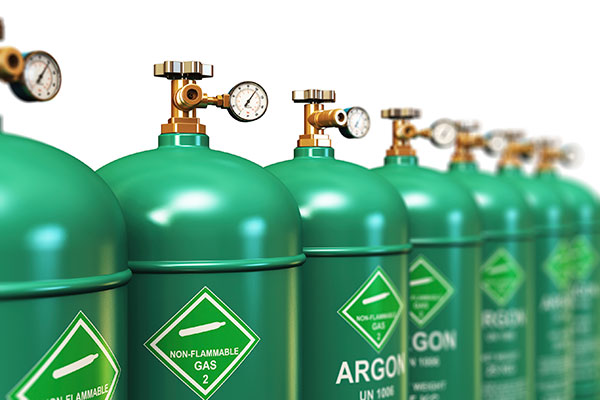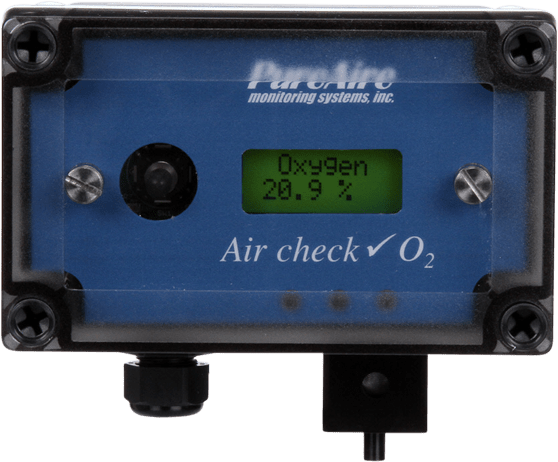Inert Gases

Inert gases are widely used in research and development because they help keep oxygen out of environments that need a specific purity. They also maintain cold temperatures, for instance providing an easy way to keep tissue chilled. While these gases are commonly used throughout research labs, universities, and other settings, there is a health risk that must be addressed.
As a cryogenic gas, nitrogen is popular in R&D labs, because it allows materials to be stored at low temperatures and can freeze materials in seconds. Unfortunately, this also applies to people, which means laboratory staff must take extra caution when working with nitrogen, as they can become injured.
Nitrogen also preserves materials by preventing bacterial spoilage. Flushing an environment with nitrogen gas removes oxygen from the environment, creating a sterile space where no bacteria can grow. For this reason, it’s commonly used in food science, 3D printing facilities, and scientific labs where materials chemically react to oxygen.
It’s this property that makes a potential nitrogen gas leak devastating, as the cryogenic gas would displace oxygen in the room. Since nitrogen gas lacks color and scent, lab workers would not know there was a leak. Within the lab, leaks or improper storage or handling of nitrogen dewars place staff at risk of respiratory problems, cognitive problems, and death via asphyxiation. Along with educating staff on proper handling and safety considerations of working with nitrogen, you should protect your facility by investing in oxygen monitors that can detect gas leaks and avert a crisis. Breathing air that lacks sufficient oxygen causes respiratory problems, dizziness, confusion, and death from asphyxiation.
PureAire’s wall-mounted monitors sample the air for oxygen levels, operating continuously with no need for calibration or annual maintenance, unlike other brands of oxygen deficiency monitors, which require regular maintenance to perform accurately. Accuracy and reliability are key with oxygen monitors, as failure to operate properly can expose staff to an oxygen-deficient environment, with devastating consequences.
When oxygen levels fall, the O2 monitor sounds an alarm, giving notice to staff, who can then exit the premises safely. PureAire’s oxygen monitors contain two alarm levels for 18 percent and 19.5 percent, to comply with existing OSHA regulations. If a leak occurs, the alarm sounds at 90 decibels and emits flashing lights, giving anyone in the area ample time to safely exit the premises.
PureAire’s O2 monitors are easy to setup and easy to use; since they’re not sensitive to changes in barometric pressure, they provide accurate readings from day to day. The wall-mounted monitor provides continuous oxygen monitoring of oxygen levels, which may deliver peace of mind to facility workers. These oxygen monitors can be used in confined spaces like basements or closets, where nitrogen dewars may be stored. They can operate at temperature lows of -40 C, which means they are a good choice for cryogenic laboratories, freezers, and similar settings.
OSHA regulations require that facilities use an oxygen monitor in any environment where inert gases are stored or used. In research and development, this means that every lab that uses inert gas must have its own oxygen monitor and that all gas storage areas must be fitted with oxygen monitors, too. In storage areas, O2 monitors provide fast notification if a dewar ruptures or develops a leak. Liquid gas turns into vapor at room temperature, which means a faulty nitrogen dewar can push oxygen out of the room, causing harm to employees.
In addition to oxygen monitoring in the R&D environment, facilities must post signs to notify staff of the hazards of working with nitrogen. Staff should also wear eye protection and cryogenic gloves to protect against the material. When the facility uses safety protocol, employees can work with nitrogen for scientific research and development without experiences injuries or health risks. Browse O2 monitors today.


